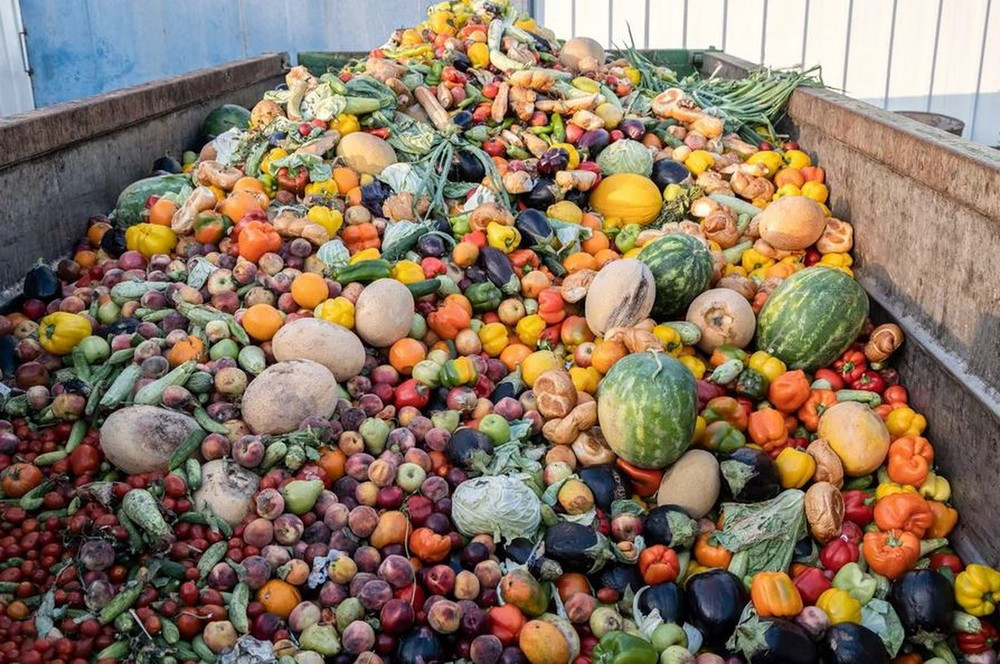Food waste at households, although down from 4.33 million tonnes in fiscal year 2000, remains high at 2.36 million tonnes.

According to data released by the Japanese government on June 21, the total amount of edible food thrown away in fiscal 2022 reached about 4.72 million tons, causing economic losses of 4,000 billion yen ($25 billion).
The figure has dropped to its lowest level yet, but Tokyo stresses the need to continue curbing this waste.
The government aims to halve food waste in households and businesses from fiscal 2000 levels by fiscal 2030.
According to the latest figures, food-related businesses, including convenience stores and restaurants, have met their target of reducing food waste to 2.36 million tons in fiscal 2022 from 5.47 million tons in fiscal 2000.
However, household food waste, although down from 4.33 million tonnes in FY2000, remains high at 2.36 million tonnes. To meet the 2030 target, households need to reduce food waste to 2.16 million tonnes.
According to the Consumer Affairs Agency, total food waste in fiscal year 2022 decreased by 510,000 tons compared to fiscal year 2021, the lowest level since comparable data were collected in fiscal year 2012, and more than halved from the 9.8 million tons recorded in fiscal year 2000.
Consumer Affairs Bureau Director Hanako Jimi stressed the need for businesses and consumers to continue their efforts, saying his agency will consider setting new reduction targets for businesses.
Figures show that the economic loss due to food waste for fiscal 2022 per capita is 32,125 yen.
The government attributed the reduction in business food waste to measures such as extending best before dates and relaxing delivery deadlines from food manufacturers to retailers.
Food waste is a huge global problem because it creates unnecessary CO2 emissions.
The United Nations' 2030 Sustainable Development Goals call for a 50% reduction in global food waste per capita at retail and consumer levels, as well as a reduction in food losses during production and the supply chain.
According to the United Nations, global food shortages are expected to remain stable in 2021-2022, but remain much higher than pre-COVID-19 levels, affecting about 9.2% of the world's population in 2022 compared to 7.9% in 2019.
Nearly 600 million people are predicted to be chronically undernourished by 2030, while pandemics and conflicts could add another 119 million to the number.
TB (according to VNA)